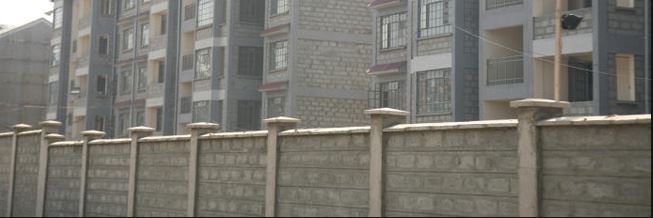×
The Standard e-Paper
Read Offline Anywhere

House prices in Nairobi’s high-end market fell by 5.4 per cent in the year to September, according to the Knight Frank Prime Global Cities Index (PGCI) for the quarter three of 2019.